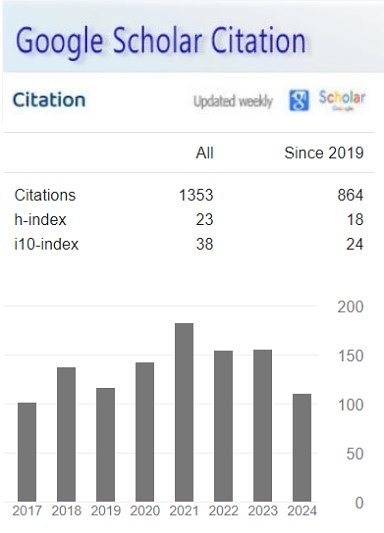Portland Cement Paste Microstructure Characterization using Autogenous Shrinkage and Heat of Hydration
Keywords:
Abstract
The core objective of this study was to characterize the microstructure of Ordinary Portland Cement paste using autogenous shrinkage and heat of hydration parameters. The relevance of the research was the need to advance the knowledge on understanding the underlying mechanism of autogenous shrinkage and heat of hydration parameters and their influence on the evolution of cement paste microstructure. The advanced awareness will to enable Engineers to develop performance-based specifications of water to cement ratio in concrete and cement paste in future to achieve durable and high quality mixes.
The research was limited to cement paste and concrete mixes of water/cement (w/c) ratios of 0.35 and 0.45. The study used type K temperature probes, Extech differential temperature data logger, strain gauges, Madge Tech bridge/strain data logger and stereo microscopes.
The research findings were that samples with lower w/c ratios recorded higher autogenous shrinkage, bigger pores and increased risk of developing cracks than the rest of the samples. Curing in saturated conditions ensures replacement and availability of more water for hydration of Ordinary Portland Cement paste leading to reduced autogenous shrinkage. Availability of water for curing reduces the temperature due to cooling aided by the presence of water. Further research is required to relate the development of pore structure with autogenous shrinkage.
References
Feng Lin, (2006). Modeling of Hydration Kinetics and Shrinkage of Portland Cement Paste. Submitted in partial fulfillment of the Requirements for the Degree of Doctor of Philosophy in the Graduate School of Arts and Sciences Columbia University.
Hansen, W, (1987). Drying Shrinkage Mechanisms in Portland Cement Paste, J. Am. Ceram. Soc. 70, pp. 323-328. DOI: https://doi.org/10.1111/j.1151-2916.1987.tb05002.x
Http://matse1.matse.illinois.edu/concrete/prin.html
Http://www.ni.com
Https://www.coursehero.com/file/13189404/MODELING-OF-AUTOGENOUS-DEFORMATION-IN-CEMENTITIOUS-MATERIALS-RESTRAINING-EFFECT-FROM-AGGREGATE-AND/
Mehta, P. K., & Monteiro, P. J. (2006). CONCRETE Microstructure, Properties, and Materials (Third ed.). McGraw-Hill.
Mindess, S., Young, J.F, (1981). Concrete Prentice-Hall, Inc., 671pp.
Pietro, L., Jensen O. M., and Weiss J., (2008). Cracking in cement paste induced by autogenous shrinkage
Downloads
Published
How to Cite
Issue
Section
License
Copyright (c) 2016 Asian Journal of Applied Science and Engineering

This work is licensed under a Creative Commons Attribution-NonCommercial 4.0 International License.








